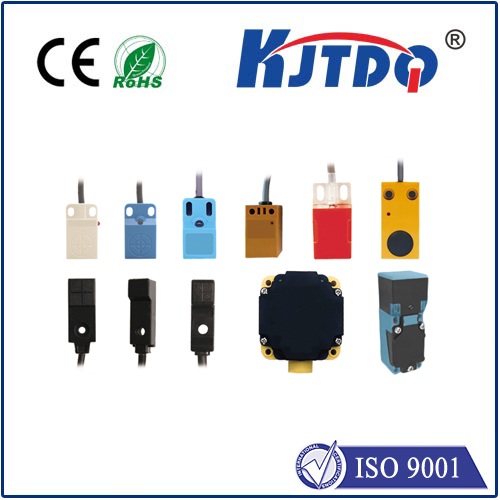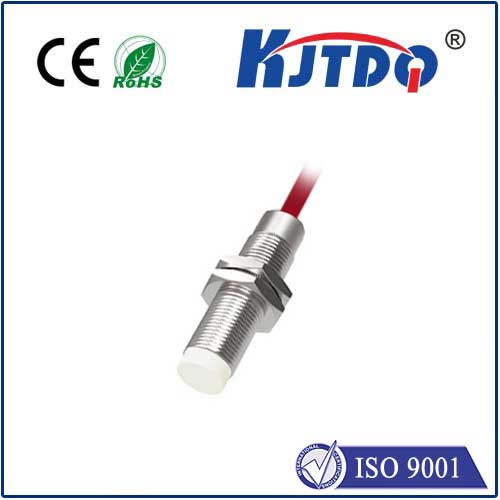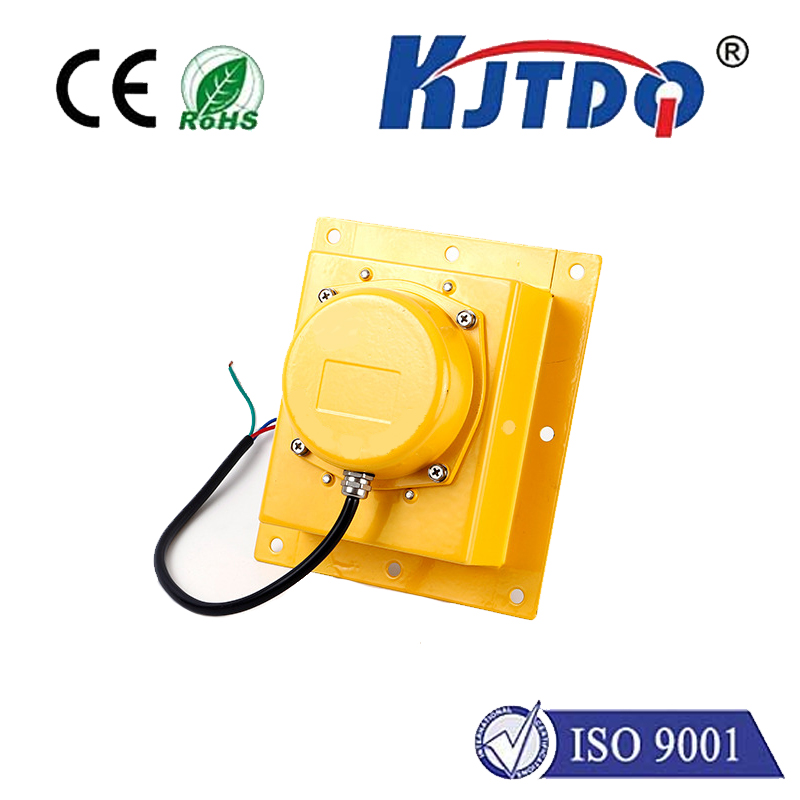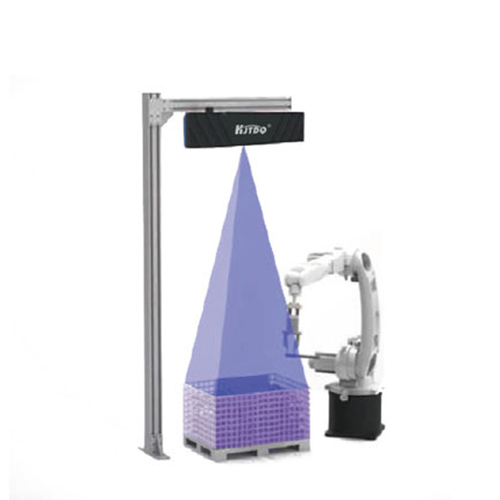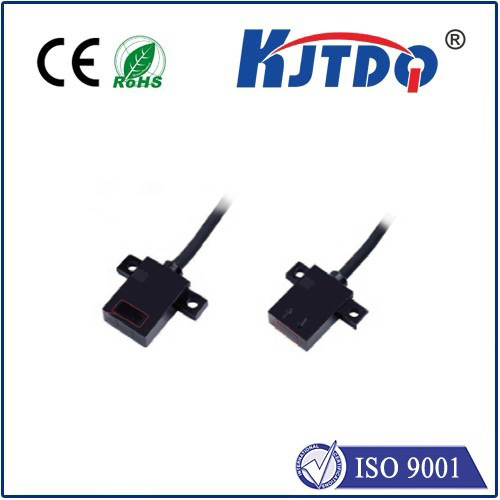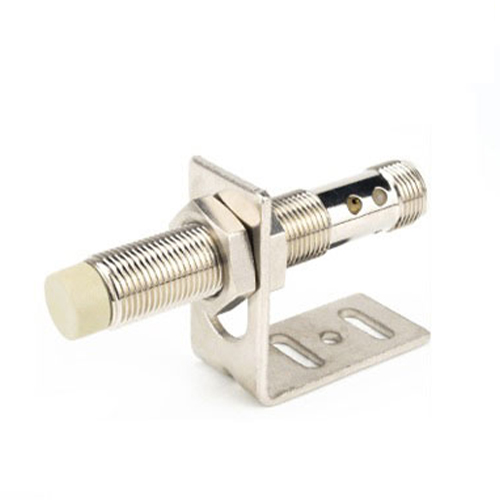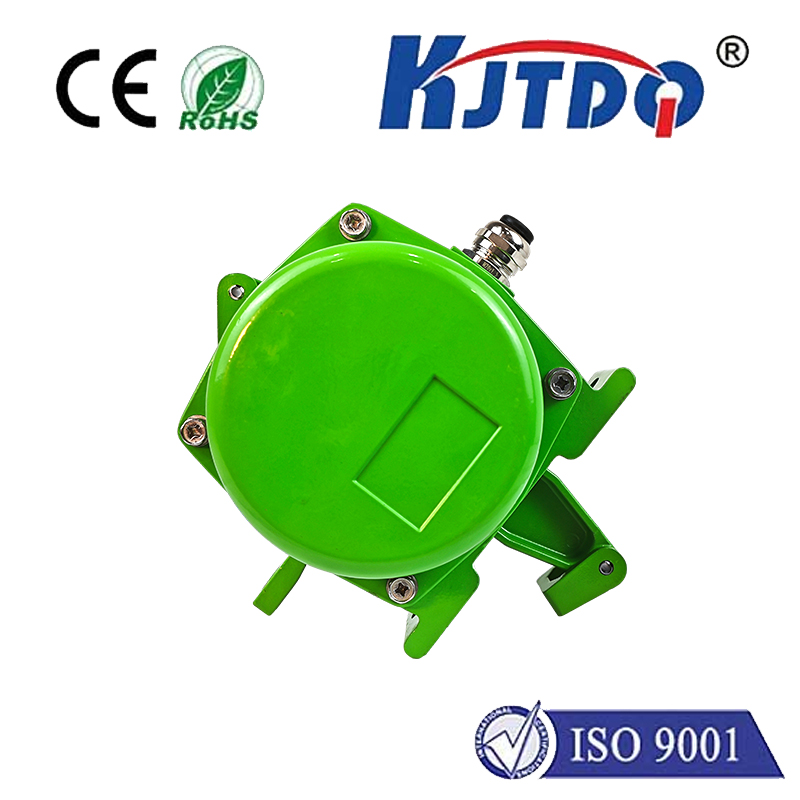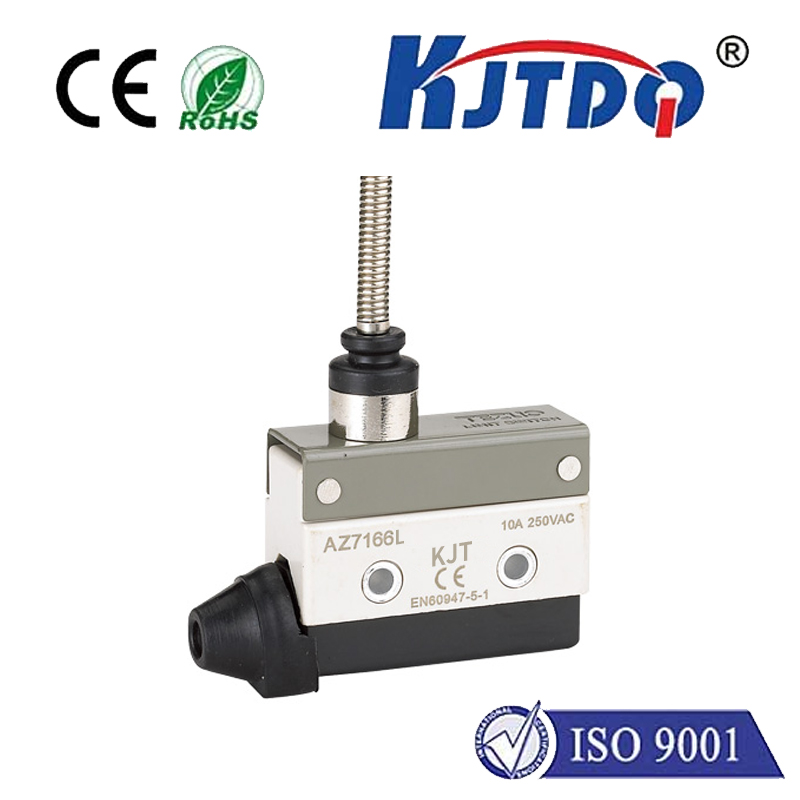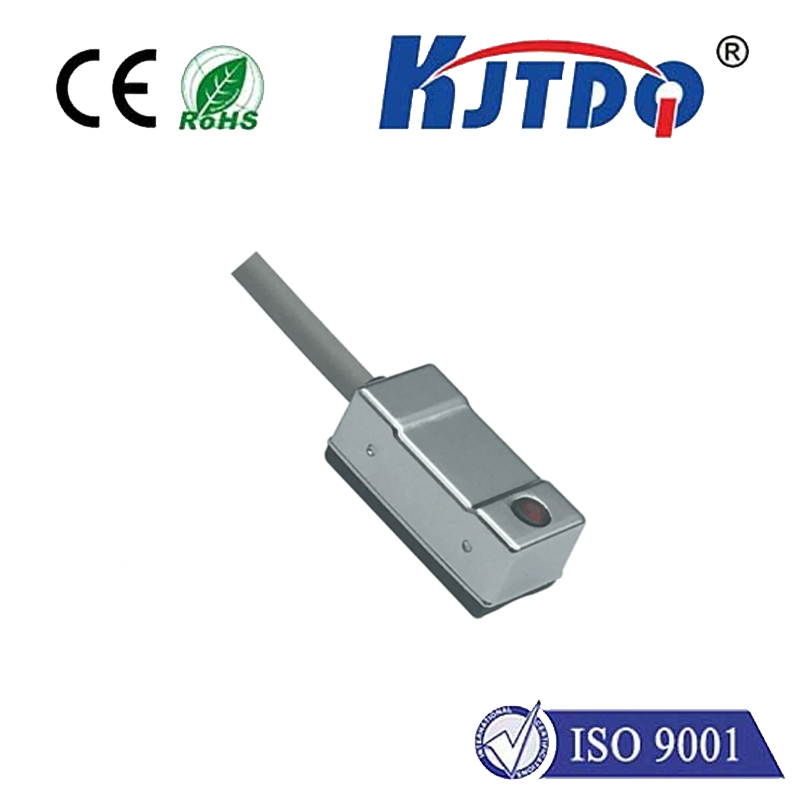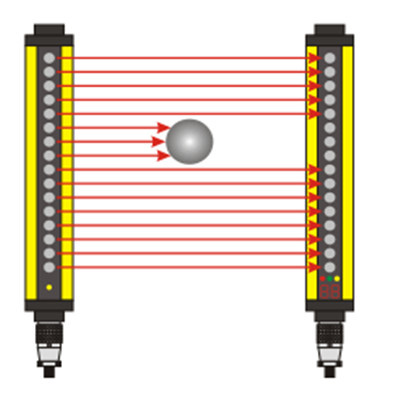

check

check

check

check

check

check

check

check

check

check
Proximity switch is a commonly used sensor that plays an important role in industrial automation. However, the various models and features of proximity switches can be confusing to many people. Especially the distinction between NPN and PNP models is even more confusing. Therefore, this article will introduce how to distinguish NPN and PNP models of proximity switches through appearance identification and power detection methods.
1. Appearance identification method
The manufacturer will mark the sensor model on the proximity switch and NO or NC on the nameplate. When purchasing, clearly identify these markings and choose the model that suits your needs.
2. Power supply detection method
The power detection method is used to detect when the first method is invalid. Prepare a multimeter and an AC power supply, and connect the three-wire proximity switch according to the principle that brown is the positive pole and blue is the negative pole. Leave the black wire free. After connection, there will be two states: if the detection light of the object under test is not on, it is normally closed; if the detection light of the object under test is on, it is normally on.
When the detection object is not touched, use a multimeter to measure the black wire and the 0V of the power supply, and the measured value is 0. When it comes into contact with an object and the voltage value is 24V, it is a PNP model; otherwise, it is an NPN model.
First, the model of the proximity switch can be easily identified through appearance identification. When leaving the factory, the corresponding model will be marked on the proximity switch, and NO or NC will be clearly marked on the nameplate. When purchasing, be sure to pay attention to and identify these markings to choose the model that matches your needs. This is the most intuitive and simple method, just choose the correct model according to the markings.
However, sometimes the model mark may be worn or absent, in which case the power supply detection method can be used to determine the model number. This method requires a multimeter and a switching power supply. According to the principle that brown is the positive pole and blue is the negative pole, connect the three-wire proximity switch and keep the black wire free. After the connection is completed, the proximity switch will have two states: normally closed and normally open.
For the normally closed state, when there is no contact with the object being tested, the detection light will not light up. At this time, use a multimeter to measure the black wire and the 0V of the power supply, and the measured value is 0. This indicates that the proximity switch is an NPN model.
For the normally open state, when there is no contact with the object being tested, the detection light is on. When in contact with the object being tested, the voltage value will change to 24V. At this time, use a multimeter to measure the black wire and 0V of the power supply, and the measured value is 24V. This indicates that the proximity switch is a PNP model.
Through the power detection method, the model of the proximity switch can be accurately determined. Just use a multimeter to conduct a simple test to determine whether it is an NPN model or a PNP model, and then select the appropriate switch for application.
In summary, distinguishing between NPN and PNP models of proximity switches can be achieved through appearance identification and power supply detection methods. For those who prefer to choose directly by appearance markings, you can simply identify the markings and select the appropriate model. For those cases where the mark cannot be identified, the model can be determined through the power detection method. These methods are very important for the correct selection and application of proximity switches to help realize various needs of industrial automation.
